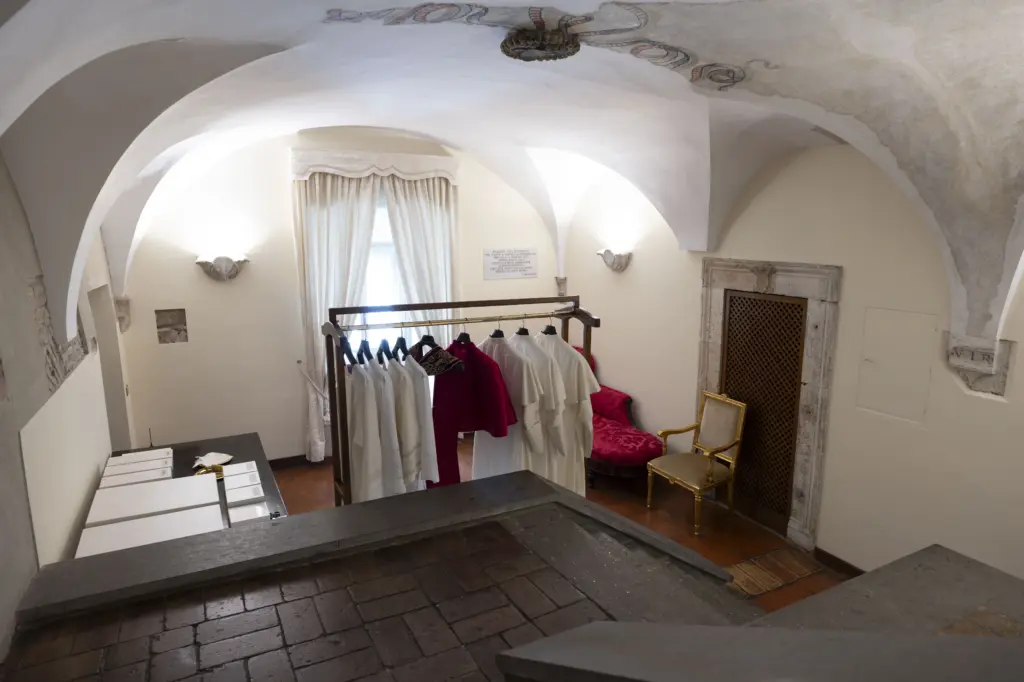
Introduction
The Room of Tears, an intimate chamber located in the Apostolic Palace at the Vatican, serves as a poignant symbol of the emotional weight experienced during the papal transition. This room is notable for its role in providing a private space for newly elected popes just after they receive the announcement of their election. The significance of this chamber lies not only in its geographical location within one of the world’s most famous religious sites but also in its representation of the deep emotional and historical context surrounding the papacy.
Main Body
The Room of Tears, which is adorned with religious symbols and features a small altar, was designed to be a place for reflection. It was established in the 20th century and has since been a pivotal point for popes who are overwhelmed by the responsibilities and expectations of their new role. After being elected, the pope is led to this room to take a moment of personal reflection before he appears before the public for the first time.
Its name is derived from the understanding that many popes, upon realizing the enormity of their duty and the challenges ahead, have been moved to tears. This reaction underscores the profound sense of responsibility that the office entails. Additionally, historical accounts have noted various popes expressing their vulnerability in this room, including Pope Francis who spoke of the emotional burden of the papacy.
The room serves not only as a private sanctuary but also as a reminder to the world that the pope is first and foremost a human being, grappling with the weight of his calling. The room has been a backdrop for moments of personal prayer and reflection for popes who have often faced immense pressures, including global challenges and internal Church issues.
Conclusion
The Room of Tears encapsulates the blend of faith and humanity in one of the most sacred offices in the world. As the Vatican continues to navigate modern challenges, the emotional realities faced by the popes reinforce the connection between the clerical and the personal. For observers, the significance of this room transcends its physical space; it symbolizes the deeply personal journey of faith, duty, and emotional resilience. As such, the Room of Tears remains a vital aspect of the papal experience, echoing the profound emotional struggles and commitments that accompany this revered position.


